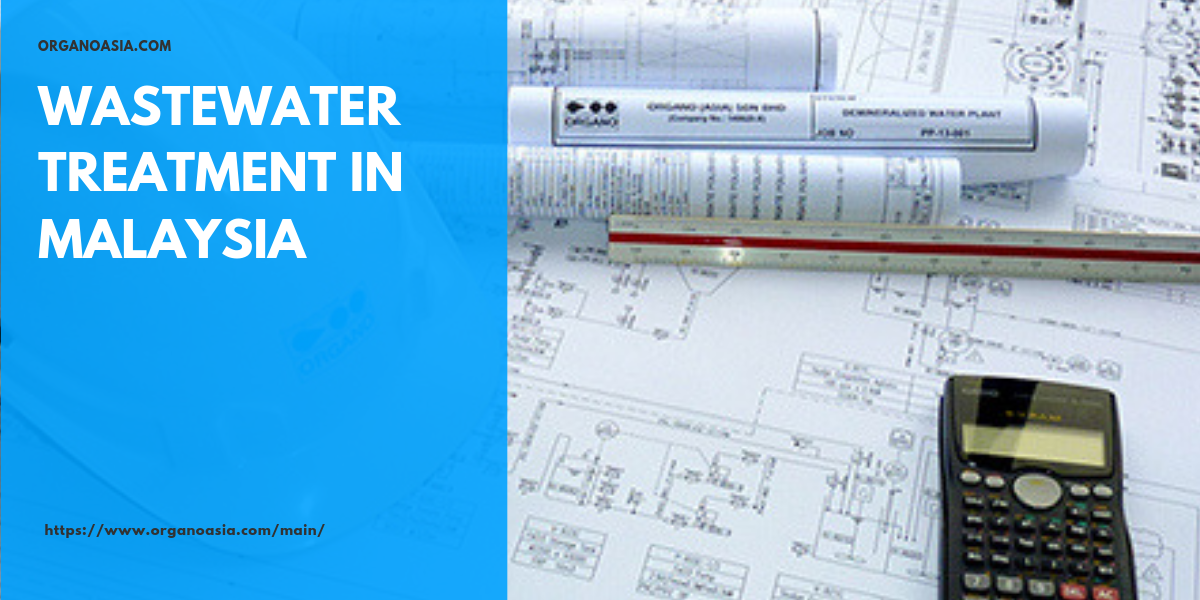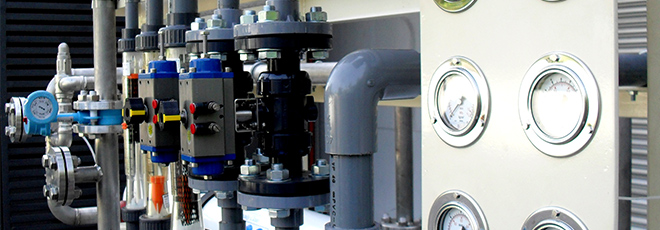Wastewater Treatment is usually designed with the need to reduce the solids load and solid solids and control the environment. Furthermore, any metal that may have entered the waste stream is not naturally degraded and is highly toxic to aquatic life, even at very low rates.
Most wastewater treatment processes consist of various combinations of physical, chemical, and biological operations to remove contaminants such as organic matter and nutrients from water. They can also aim to reduce heavy metals, in part to ensure compliance with applicable regulations. Sometimes included as the last step of disinfection is to eliminate the pathogen as a precautionary measure.
Industrial loji rawatan efluen wujud untuk merawat air kumbahan yang dihasilkan khusus daripada proses industri. Loji rawatan air seperti ini boleh mengurangkan kos rawatan air mentah dengan penggunaan pelbagai teknologi rawatan air untuk menukar air buangan yang terpilih ke dalam apa yang dikenali sebagai air tebus guna yang boleh diguna semula untuk pelbagai tujuan.
Recycling waste water
Waste water can be recycled for agricultural use. The most appropriate treatment to treat wastewater before it can be used for this purpose is to ensure that recycled water meets all recommended microbiological and chemical quality guidelines while maintaining low inputs and operating costs. Another important consideration lies in the cost of maintaining an industrial filtration system. In many contexts, it may be preferable to design recycled systems for low quality waste, rather than relying on expensive treatment processes that will improve input quality but increase costs to an unacceptable level.
Water disinfection
Disinfection usually involves the use of chlorine, but in a more luxurious process flow, it can also include ultra-violet (UV) treatment, especially in commercial water filters. Where chlorine is used, the dose depends on the type and characteristics of the wastewater. The most commonly used 5-15mg per liter dose. In order to meet the requirements for the latest treatment of wastewater, the contact time for chlorine can be up to 120 minutes. This is common for recycled wastewater intended for specific irrigation purposes. The effect of chlorine disinfectant is largely dependent on pH, along with duration of contact, organic matter content, and finally the temperature of the effluent. Ozone irradiation is another method of disinfection but is not commonly used in industrial filters.
For more information about Wastewater Treatment in Malaysia, please visit https://www.organoasia.com/main/









